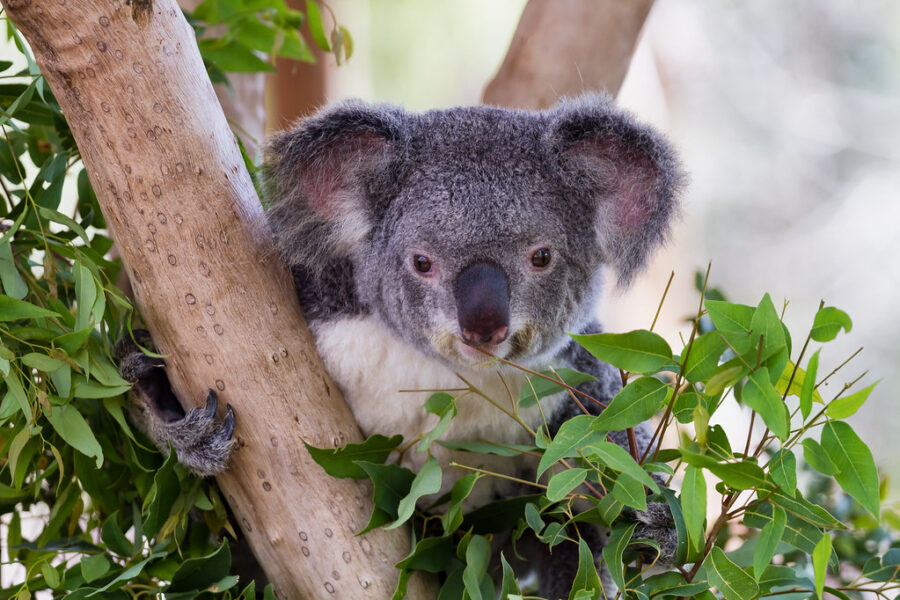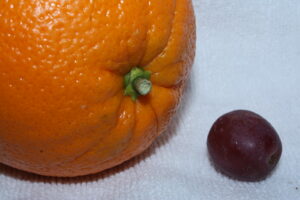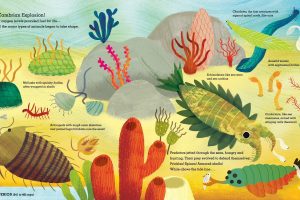BY PATRICIA NEWMAN
Kids and wildlife go together like milk and cookies. Whether the animals are cute and fuzzy, slippery and scaly, or weird and mysterious, kids are drawn to the enormous diversity of wild creatures on our planet. Children care about wildlife, not because of what they can do for us, but for their intrinsic value. As educators, we can use that passion to engage the kids in our lives and help them make connections to the wider world.
The first animals
Begin with the first animals in Elizabeth’s Shreeve’s post below. Her activities help young readers imagine how ocean creatures adapted to life on land. The lesson culminates in students making their own mini-book.
Wildlife communication
Animals have very specific ways of communicating that differ between species. But did you know animals can also help children become better communicators? Laurel Neme’s post asks students to observe the verbal and non-verbal communication cues used by elephants and how they differ from human communication.
Animals across the curriculum
I’ve written books about sea otters, rhinos, black-footed ferrets, orangutans, elephants, and giant manta rays. I’m always amazed what they teach us about their native habitats and how we can be better stewards of our planet. The three lessons in this section address poetry, science, speaking, listening, observation, and social studies. Give them a try!
The first animals
Wildlife communication
Animals across the curriculum
Animals as engagers
Let me know if you try any of these lessons and what kind of adjustments you made for the specific needs of your children/students. Studying wildlife is a terrific way to connect kids to the wider world and help them realize their role in nature.
Featured image: “Koala” by mdalmuld is licensed under CC BY 2.0.









Leave a Reply
Your email is safe with me.